My affair with the Fuji line of black and white films started a couple of years ago, when shooting Neopan Acros 400 in my Pentax Spotmatic. This relationship didn't last more than two rolls: it wasn't that easy to find locally and, to be honest, I just didn't like it. Sure, I didn't have any control over development or scanning at the time, and I was under the illusion that I HAD to leave it the way I got it from the lab (how naive, huh?!). It wasn't terribly bad, but I wasn't going to spend valuable resources in a film I didn't like that much. I like my black and white to be intense, contrasty, and with some grain, but not too much. I didn't even try the 100 version since I figured it would be even less contrasty and grainy. It was in this sad fashion that my relationship with Fuji B&W ended without the slightest hint of me wanting to look back.
(Click on images to look in light box)
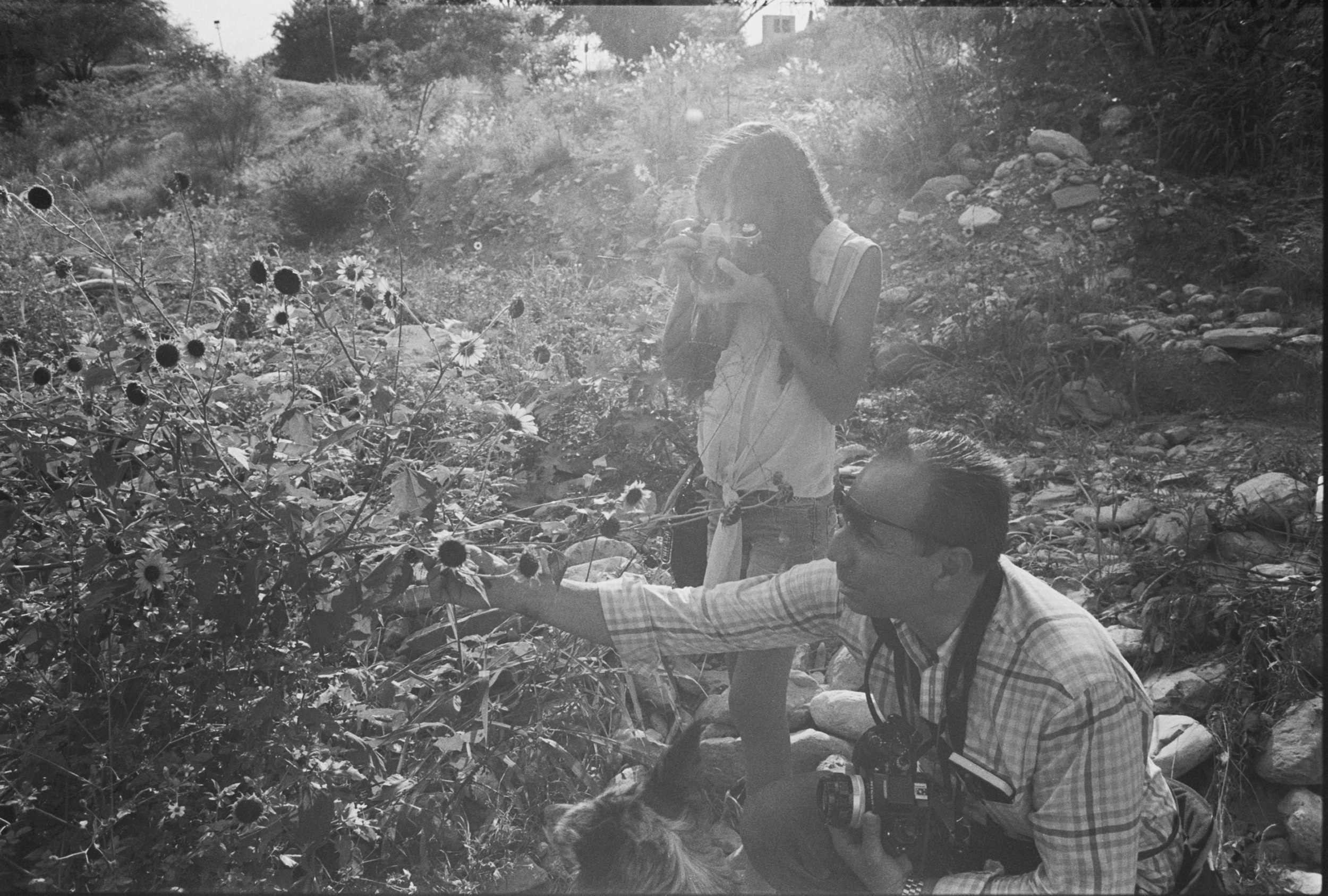
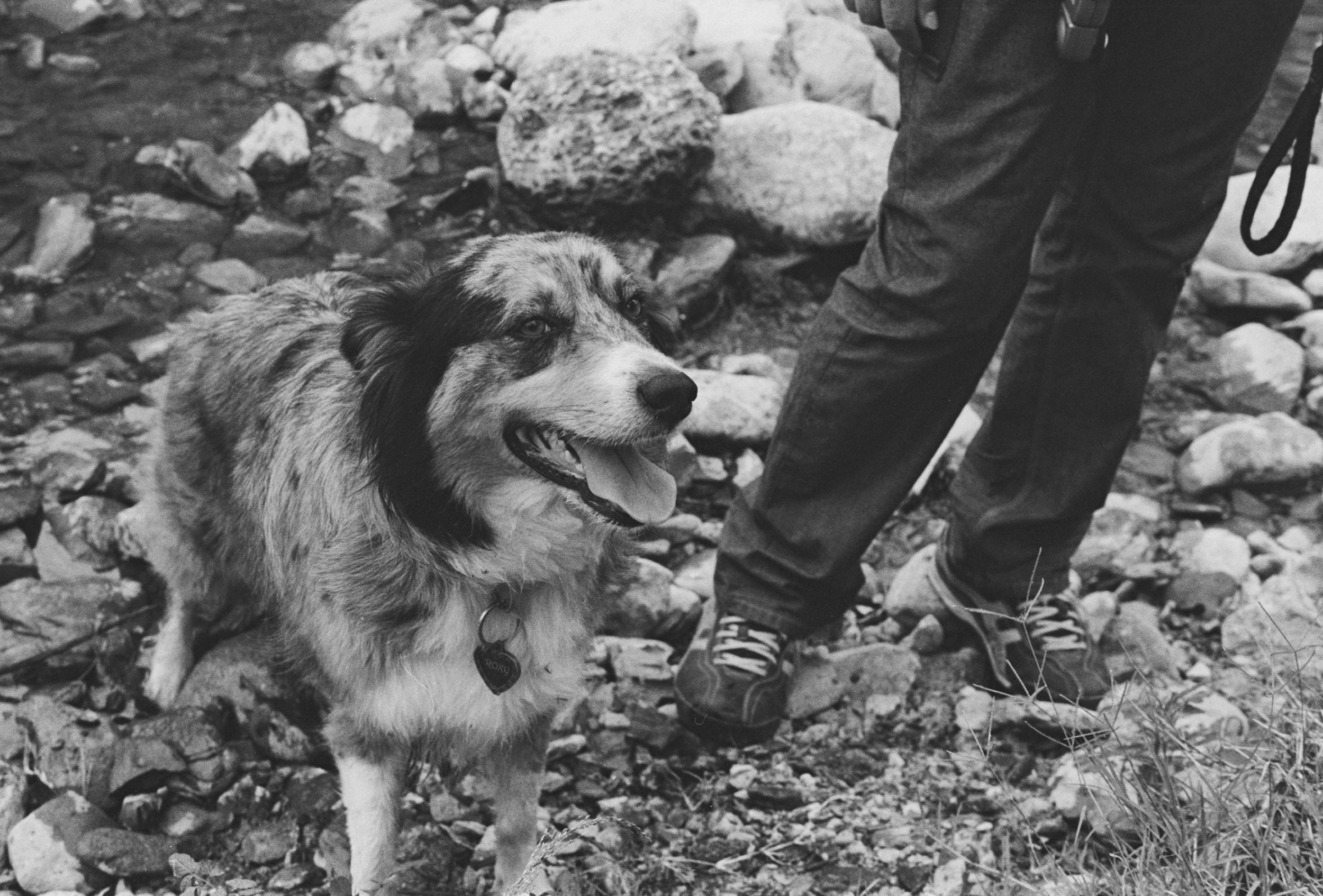
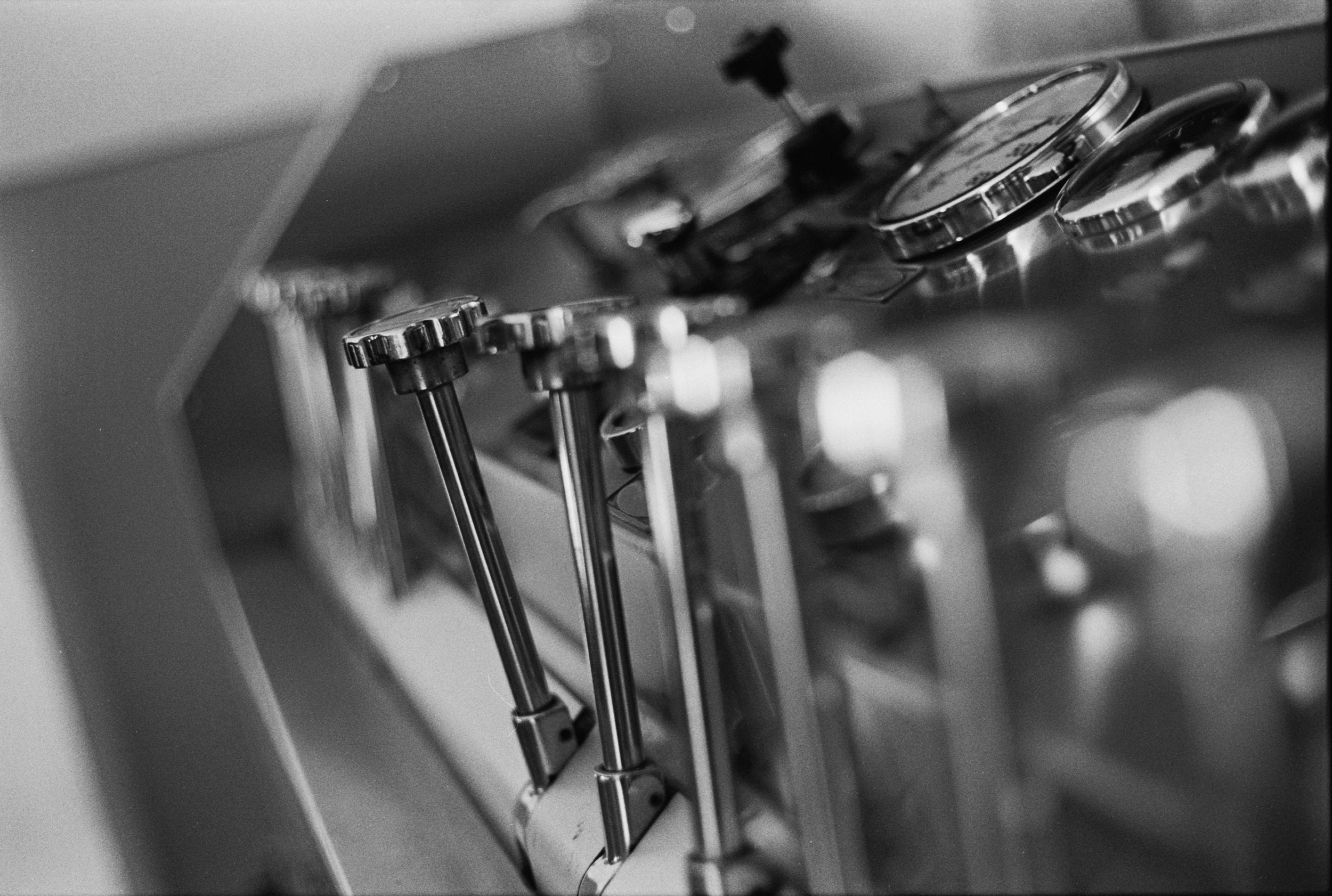
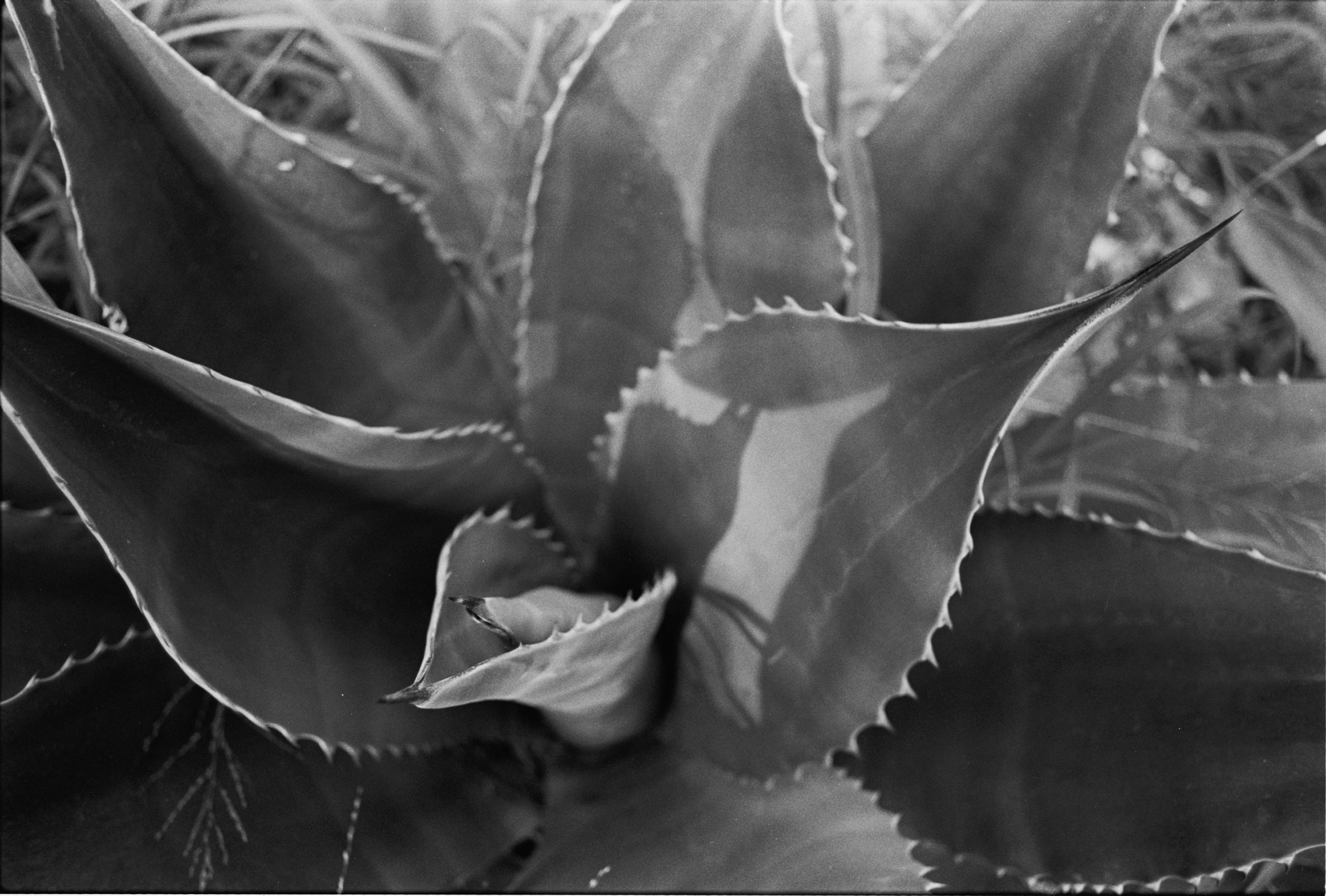

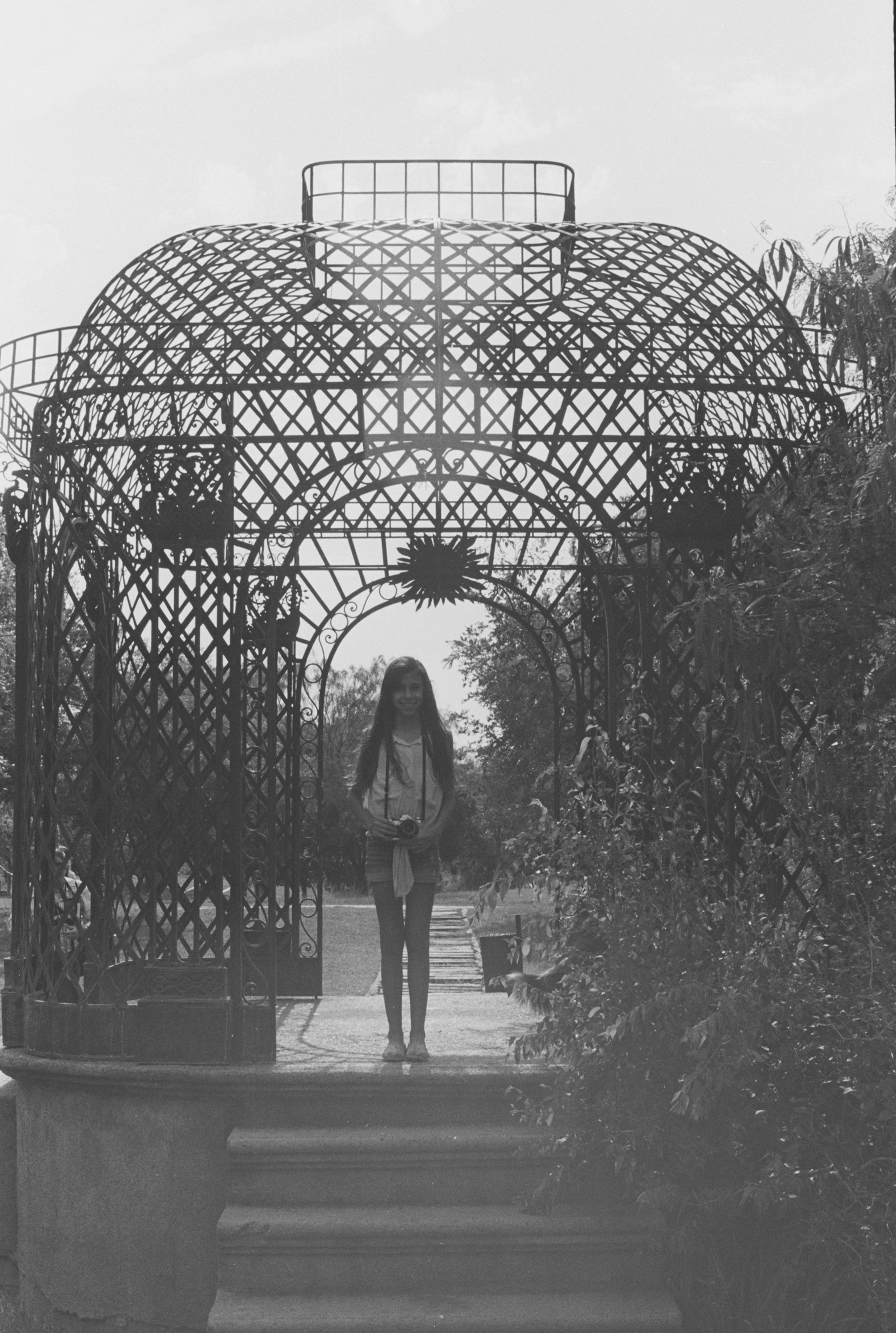
A couple of years went by and one day I saw a series of shots made by a friend of mine on Fuji Acros 100 pushed to 800. Stunning shots, really! Very rich contrast, a nice grain texture, very deep shadows and good highlight detail... you name it! I asked him about the development and he wasn't able to say because of whatever. Now with the ability to develop my own and scan to my liking, I decided I wanted to give it another shot and began looking for development recipes.
Just a few days later, my wife shows up with my Christmas gift - three pro packs of 120 film; one Portra 160, one Fuji Pro 160NS and one Fuji Acros 100. Obviously, I went to the store to see how much she spent on my gift (just to reprimand her for spending too much :)) and, oh, surprise, the Acros 100 barely reached the 4 USD mark (last year, before Fuji prices went up). I went nuts and bought another 3 packs, right there, on the spot. Hadn't my credit card been capped because of the upcoming Christmas, only God knows how many of those I would've gotten!
Any how, I had the film in my hands and it was time to start shooting. I decided I would push it only two stops since 400 is an EI I'm very comfortable with and gets along very well with the shooting conditions I usually face. In case something changes drastically, at least I know I'd have room to spare, be it that I want to shoot at a wider or narrower aperture or just a change in lighting conditions.
I've shot about 8-9 rolls by now and I'm loving every single bit of it. The only difference between these rolls has been the developer I used (and process time, of course). Everything else, for the sake of comparison was made exactly the same way:
- I used the very same camera, a Mamiya 645 1000s (which is a delight to shoot with).
- Scanned with Silver Fast with a fairly neutral preset (Fuji NHG II).
- The same contrast curve was applied as a starting point and it was only tweaked a little bit in some cases.
- I can honestly say I left the histogram alone for the entire exercise, with very few exceptions where the shots were severely over or under exposed. None of those shots are shown here.
- It was all scanned with the same gamma value (2.0).
I tried 3 different developers (Rodinal 1+25, D-76 1+1 and HC110 in H dilution (1:63)).
The first attempt was with Rodinal 1+25 at 19°C for 8:30 minutes. 15 inversions in the first minute and then 4 inversions every minute.

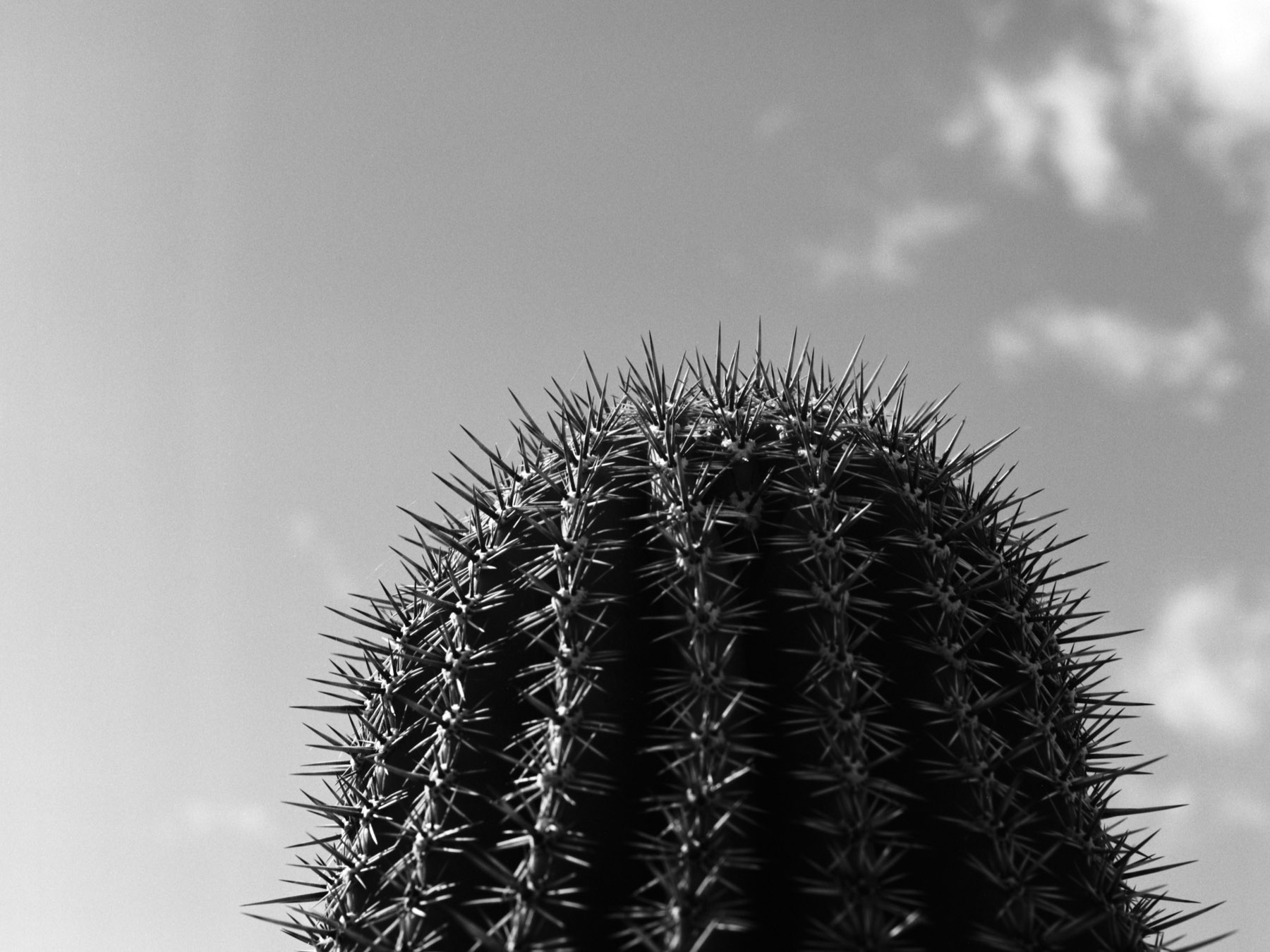
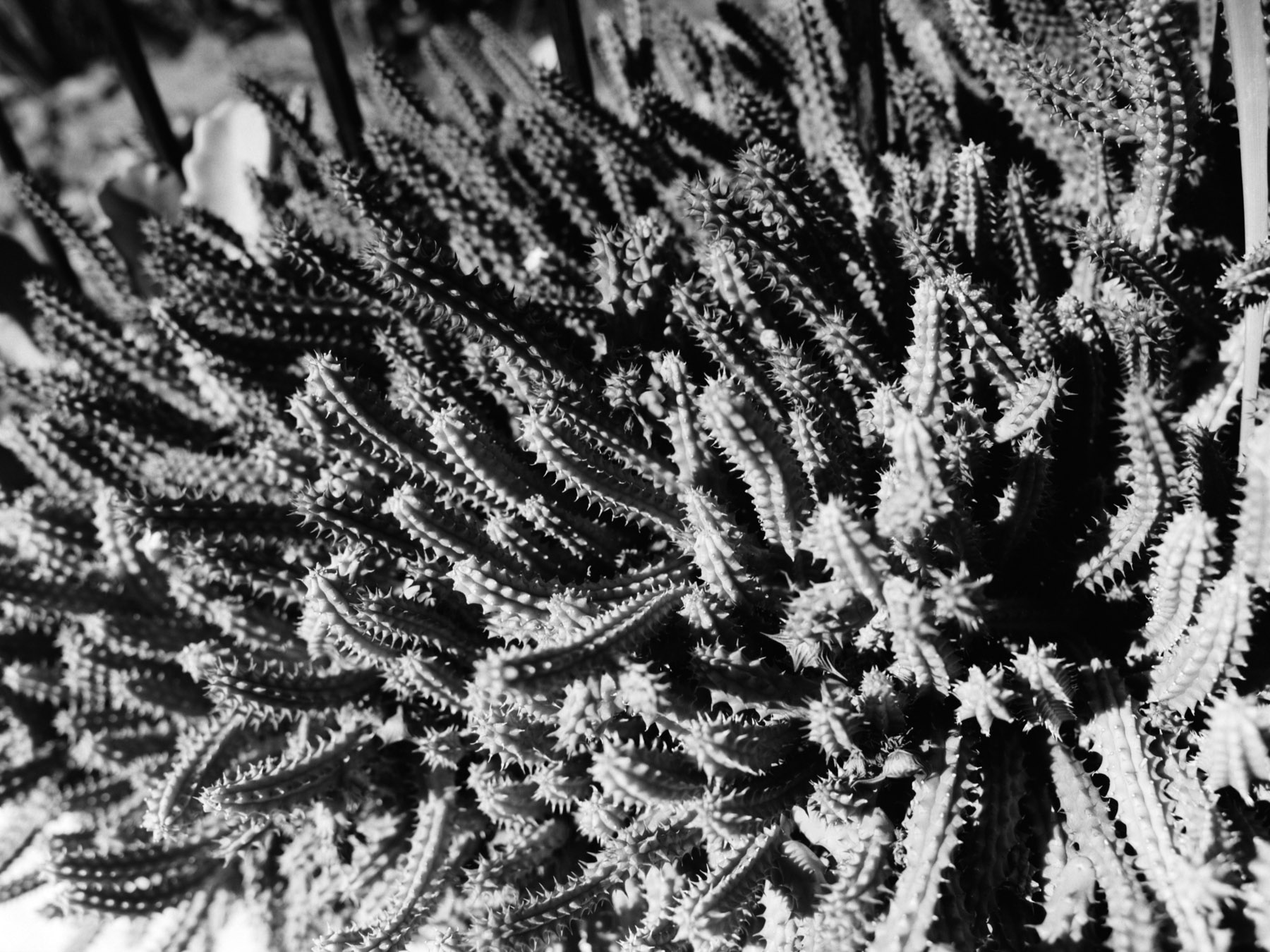
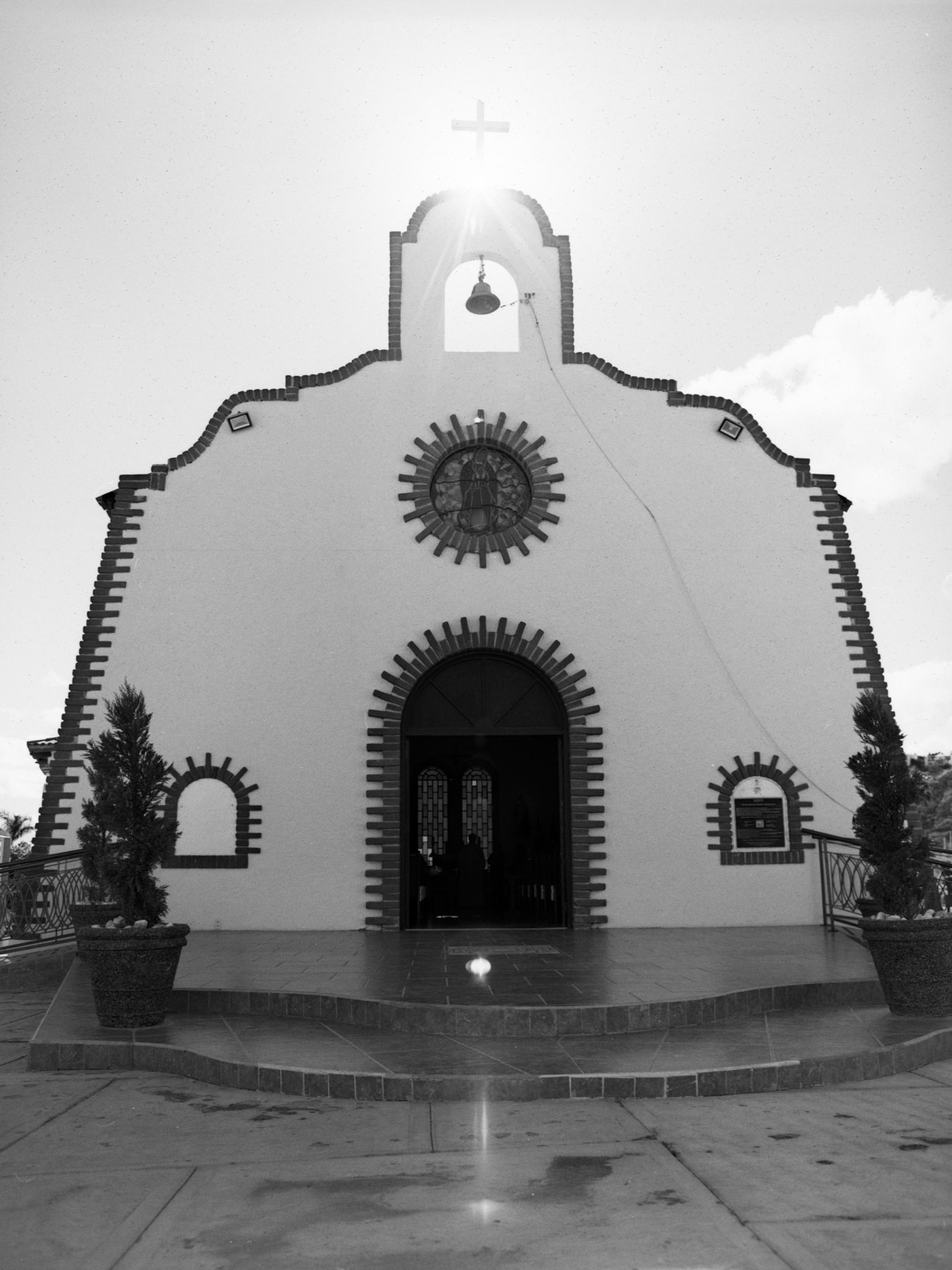
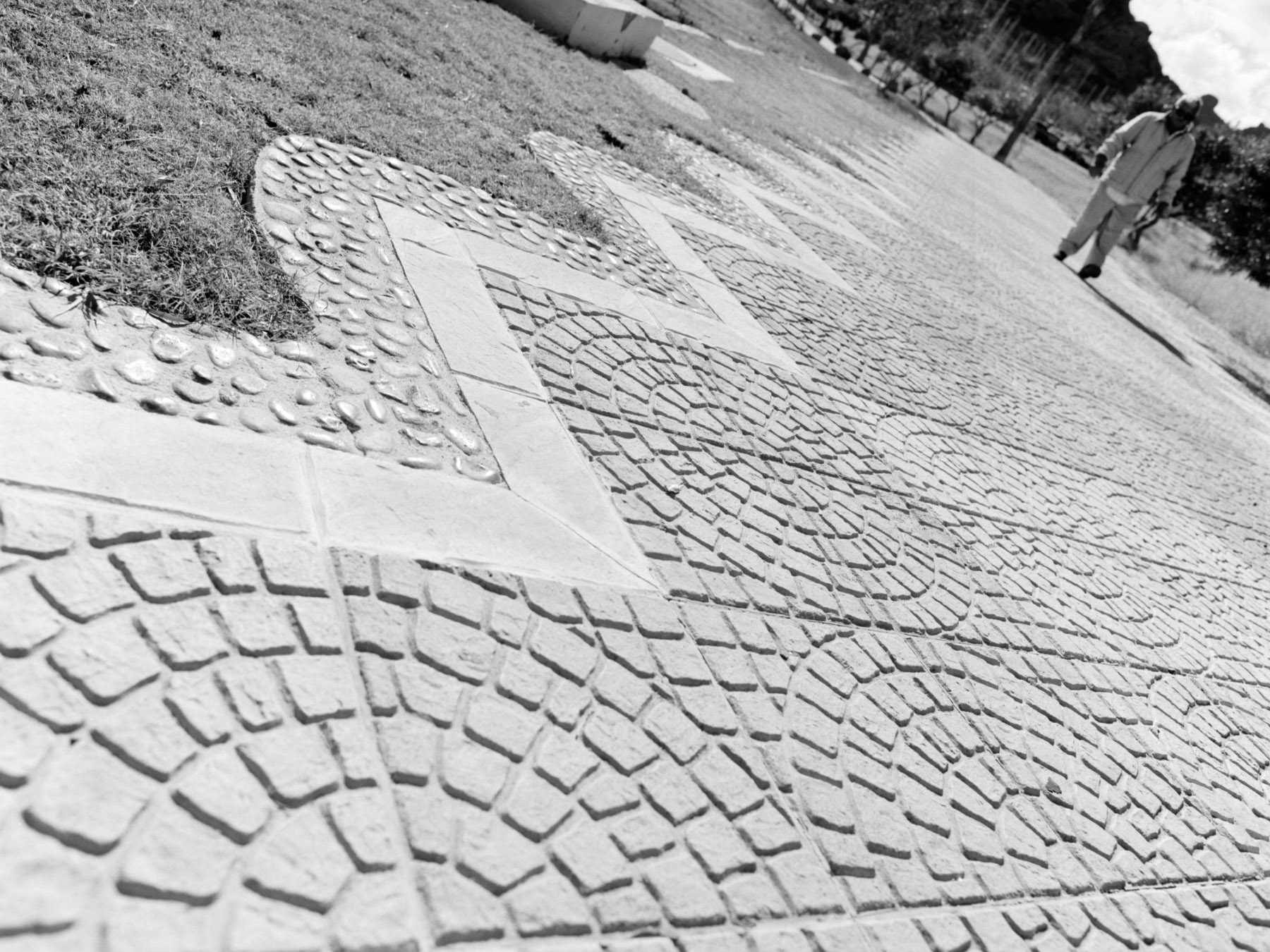
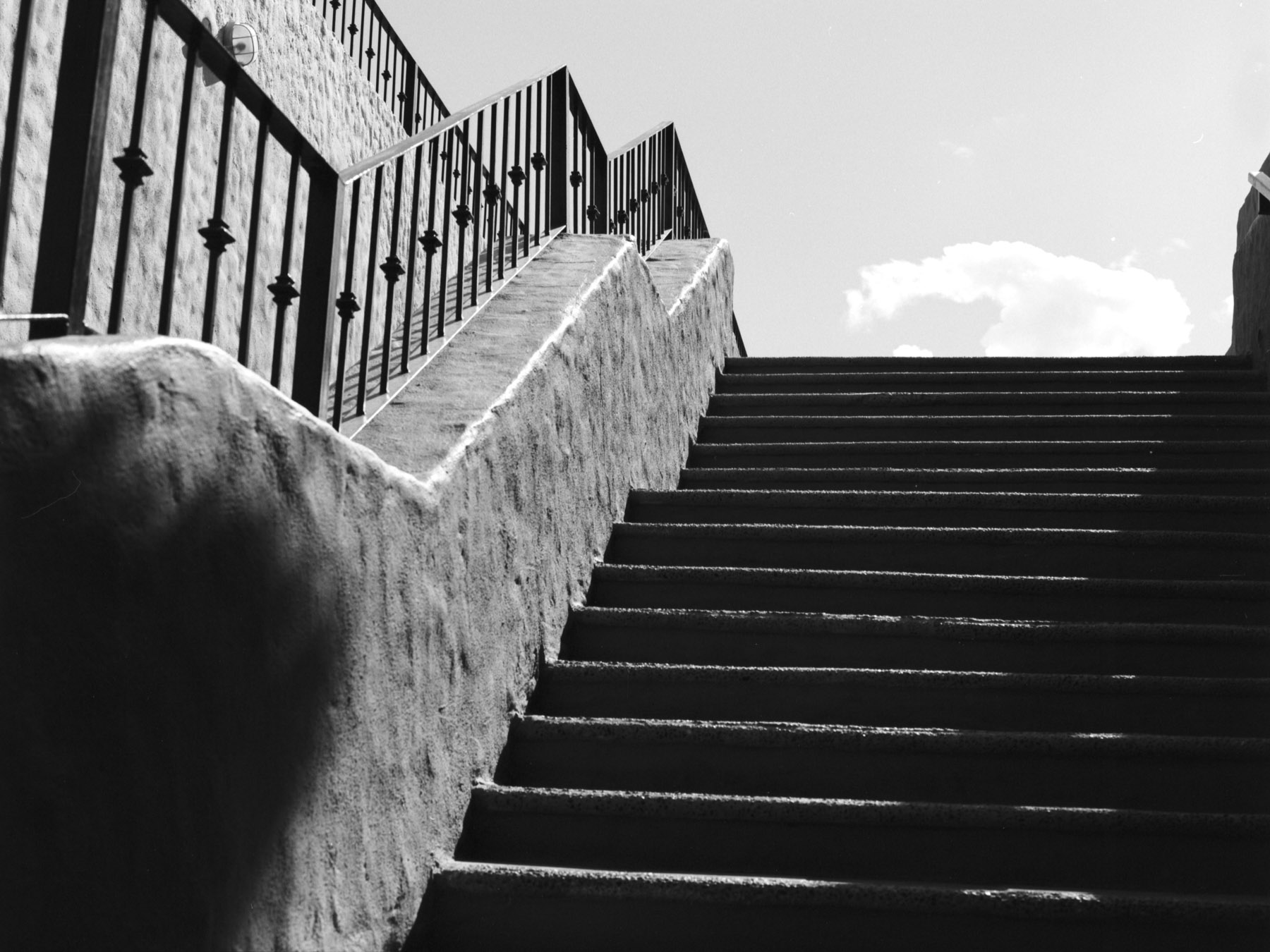
Out of the three developers, these rolls came out the grainiest, but in terms of contrast and scale, the results were very similar to the other two. I wouldn't say I'm not going to use it any more, but I would really need to be looking for this coarse, grainy look... it has its uses, no doubt! As per film curling goes, this one was in the middle, not precisely flat but fairly comfortable to handle.
My second attempt attempt was made with D-76 1+1 at 19°C for 18:30 minutes. Same agitation scheme.
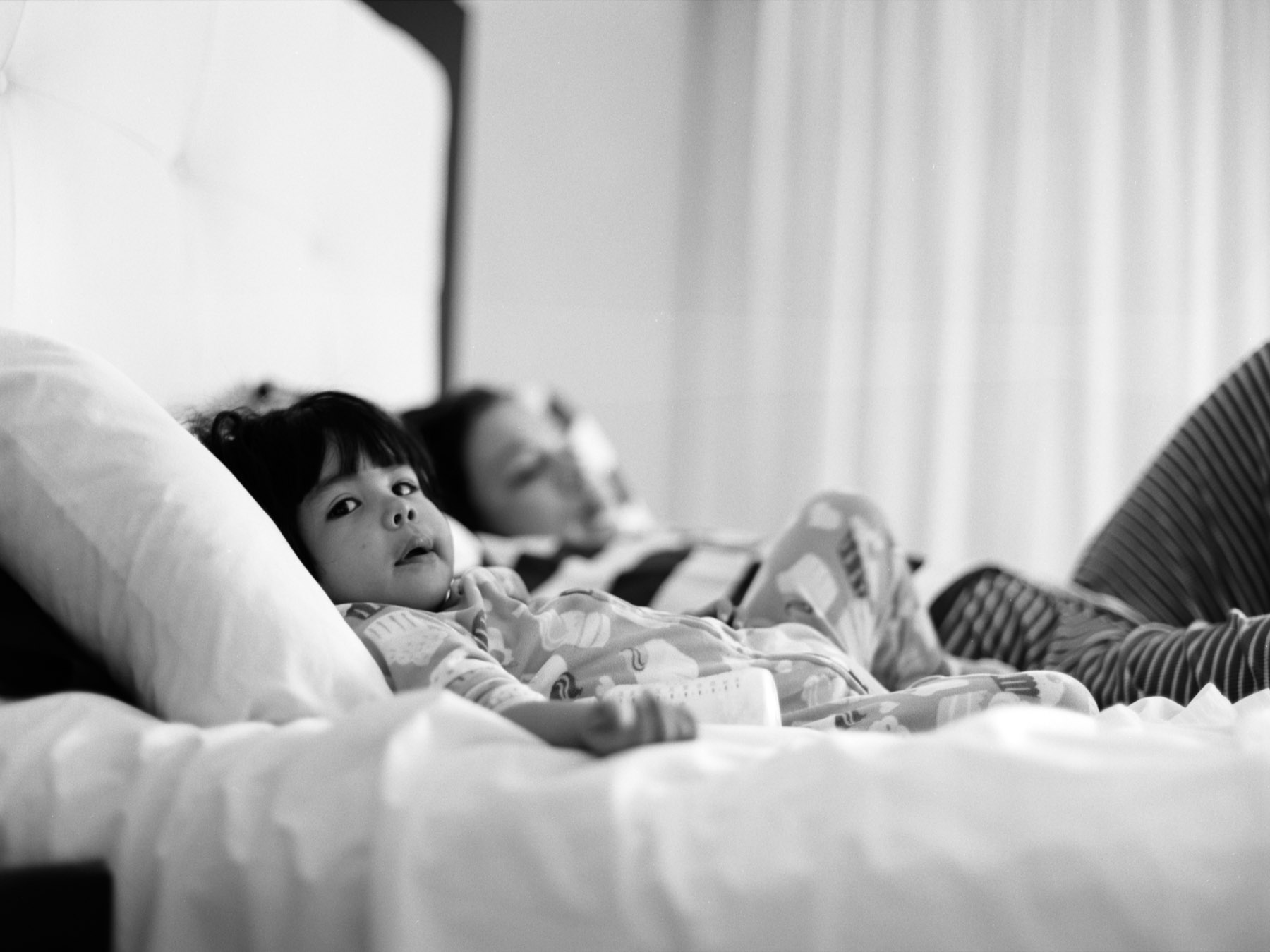
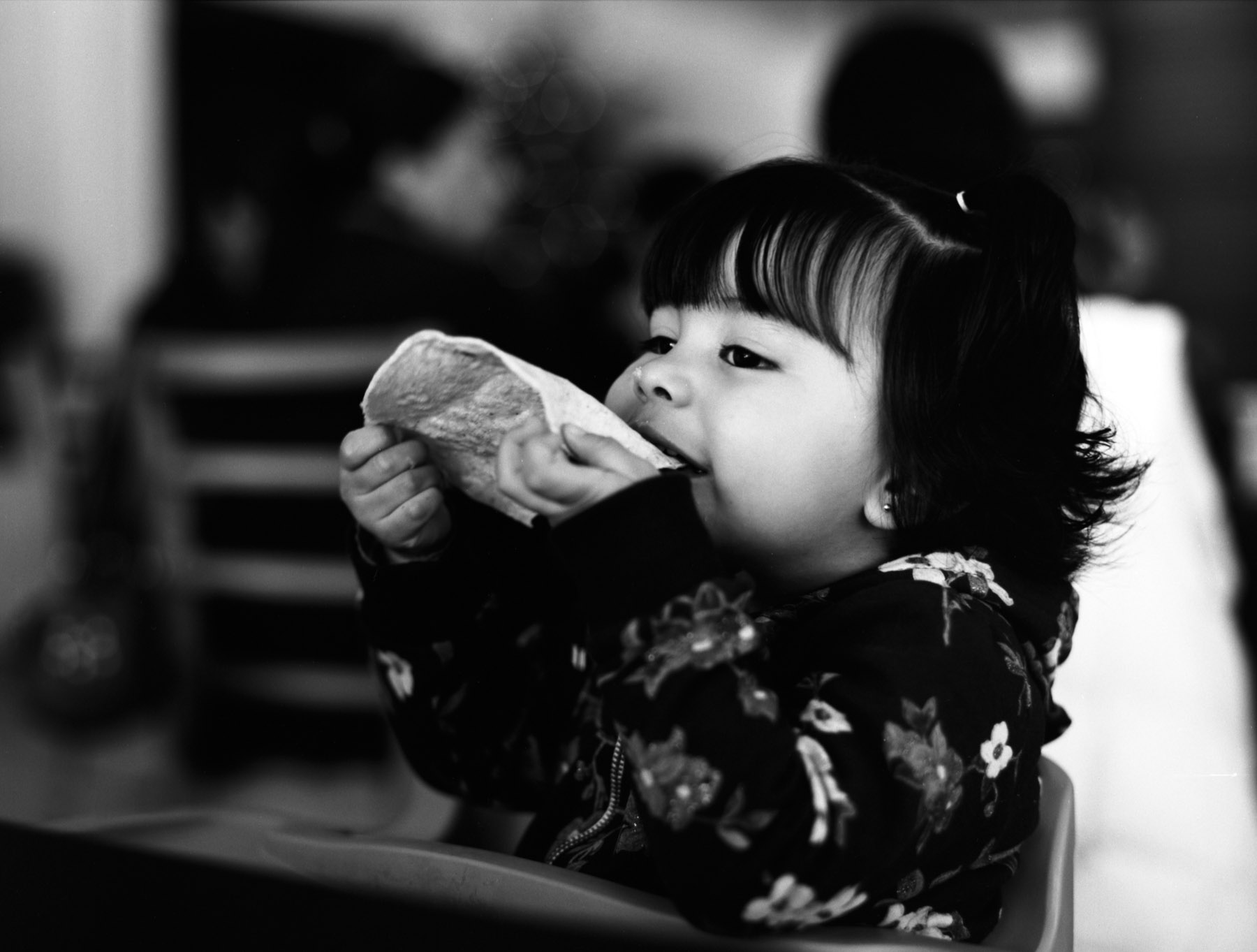
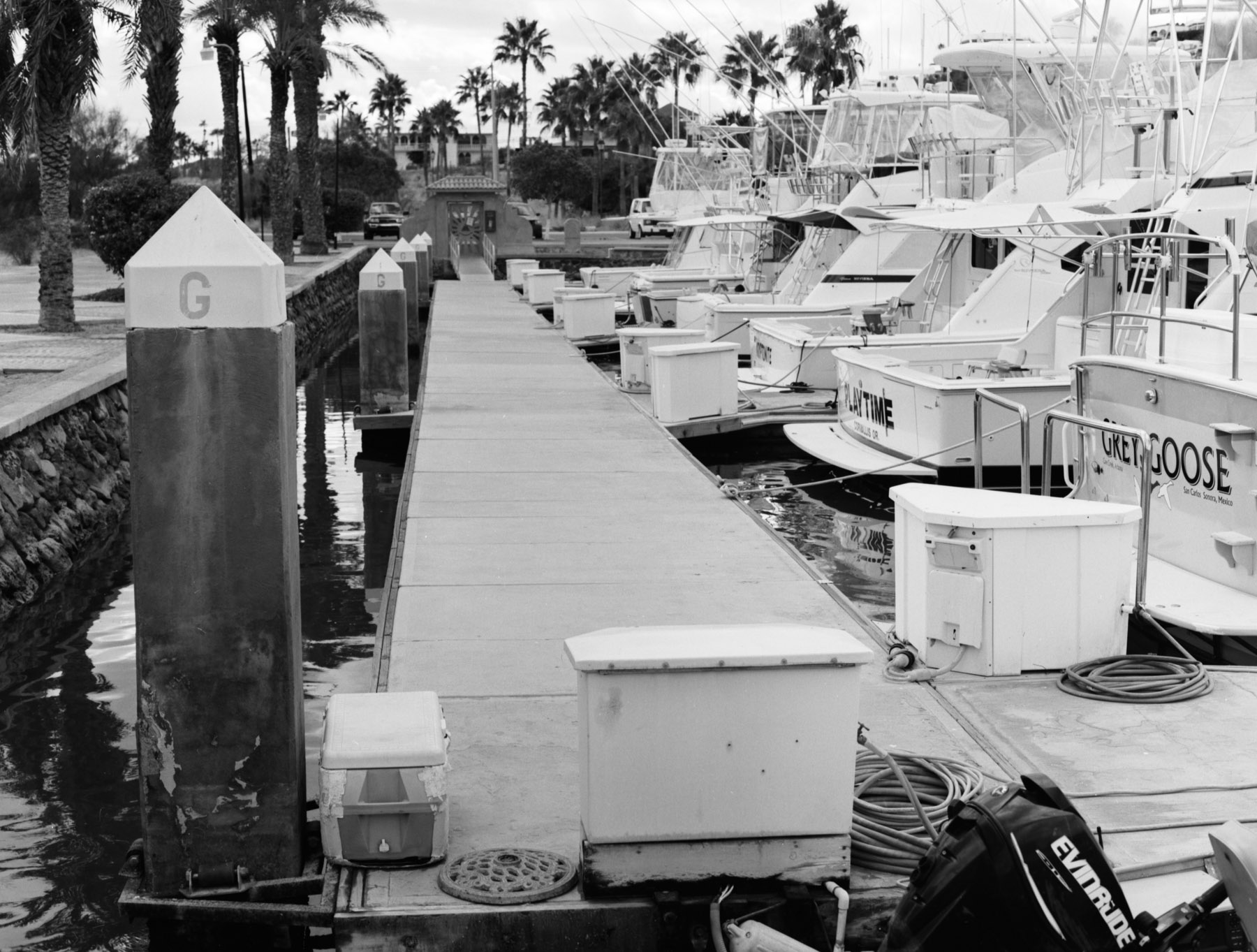



Image-wise, I think this is the combination I liked the most, in terms of tonal scale, contrast and grain. I loved how deep the blacks came out and the amount of detailed retained in the highlights. The middle were right on the spot for my taste. The only downside I found is that out of my three available developers, this is the one that curled the film the most. Which, in turn, resulted in a pain in the ass when scanning.
I left my favorite developer for last: HC110 in H dilution (1:63) for 17:00 minutes at 19°C. Same old agitation scheme.
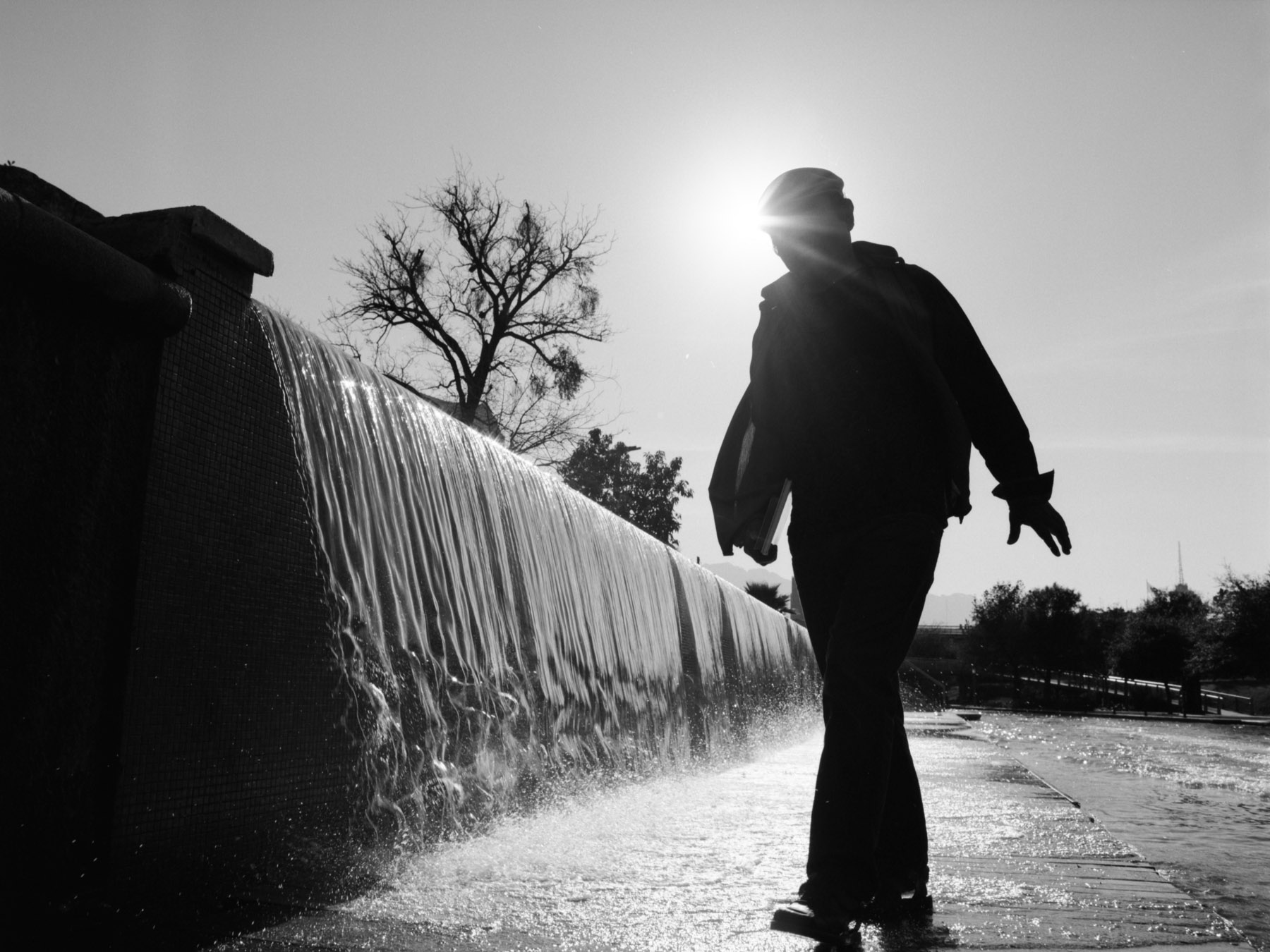
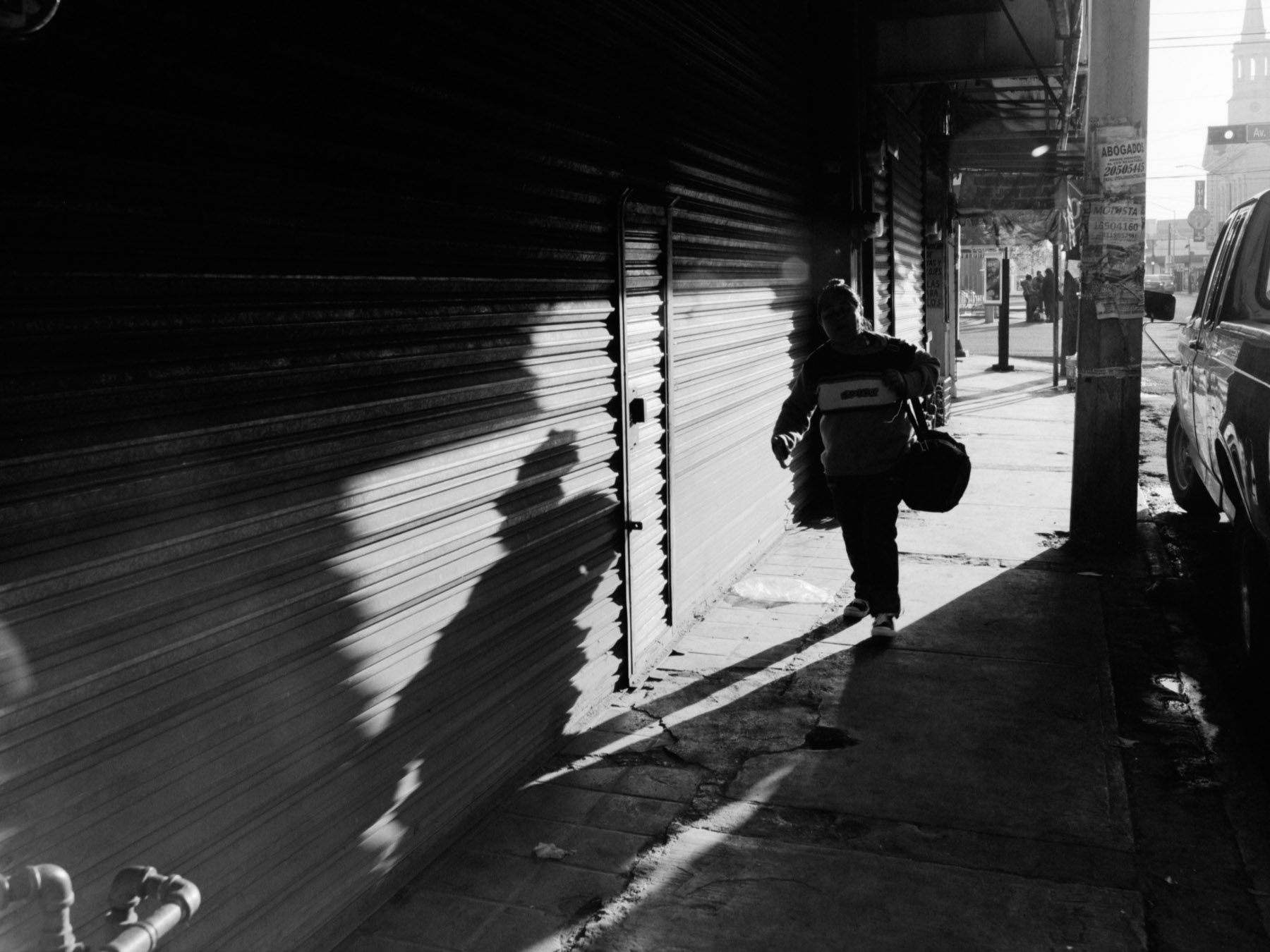
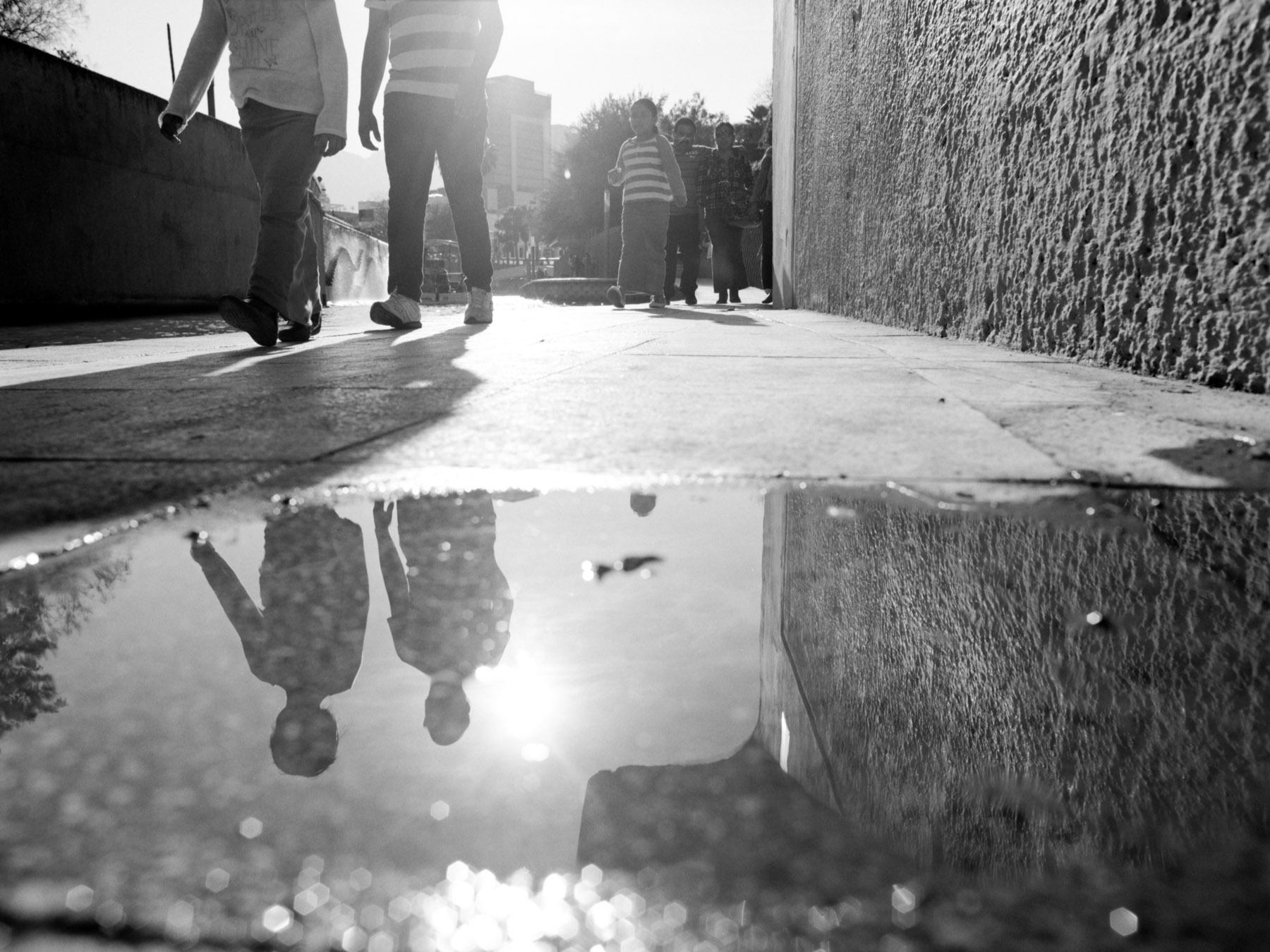
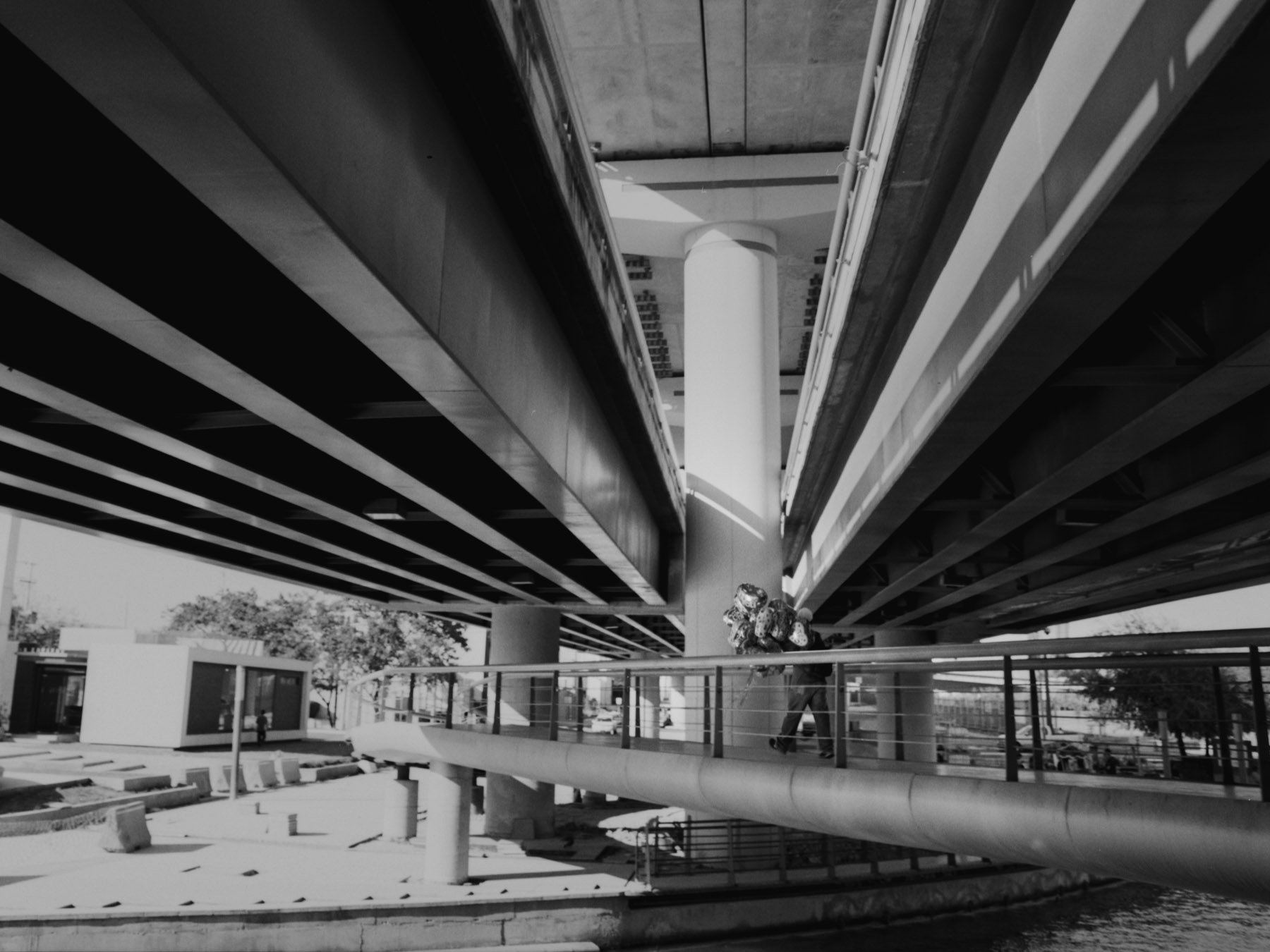

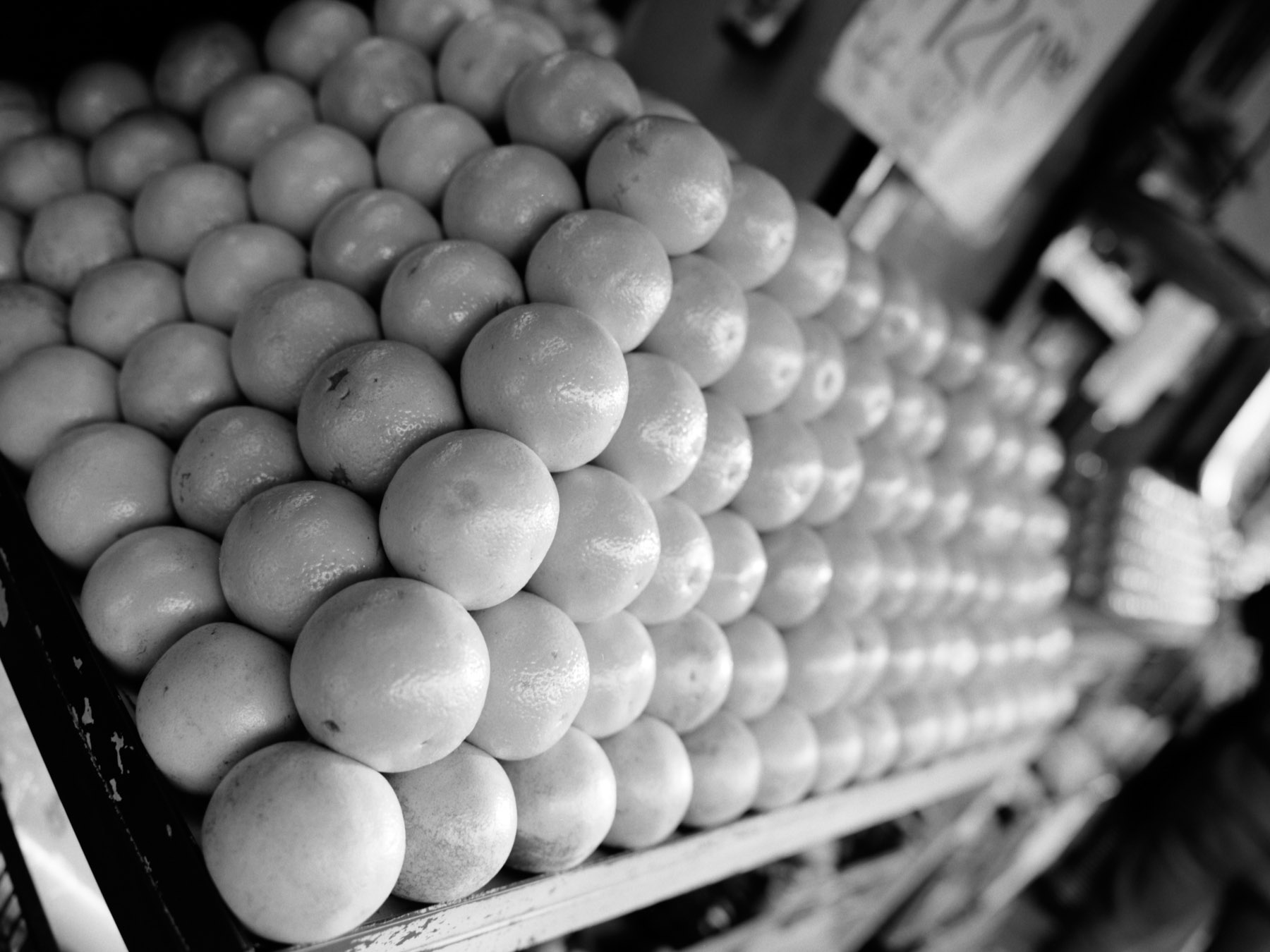
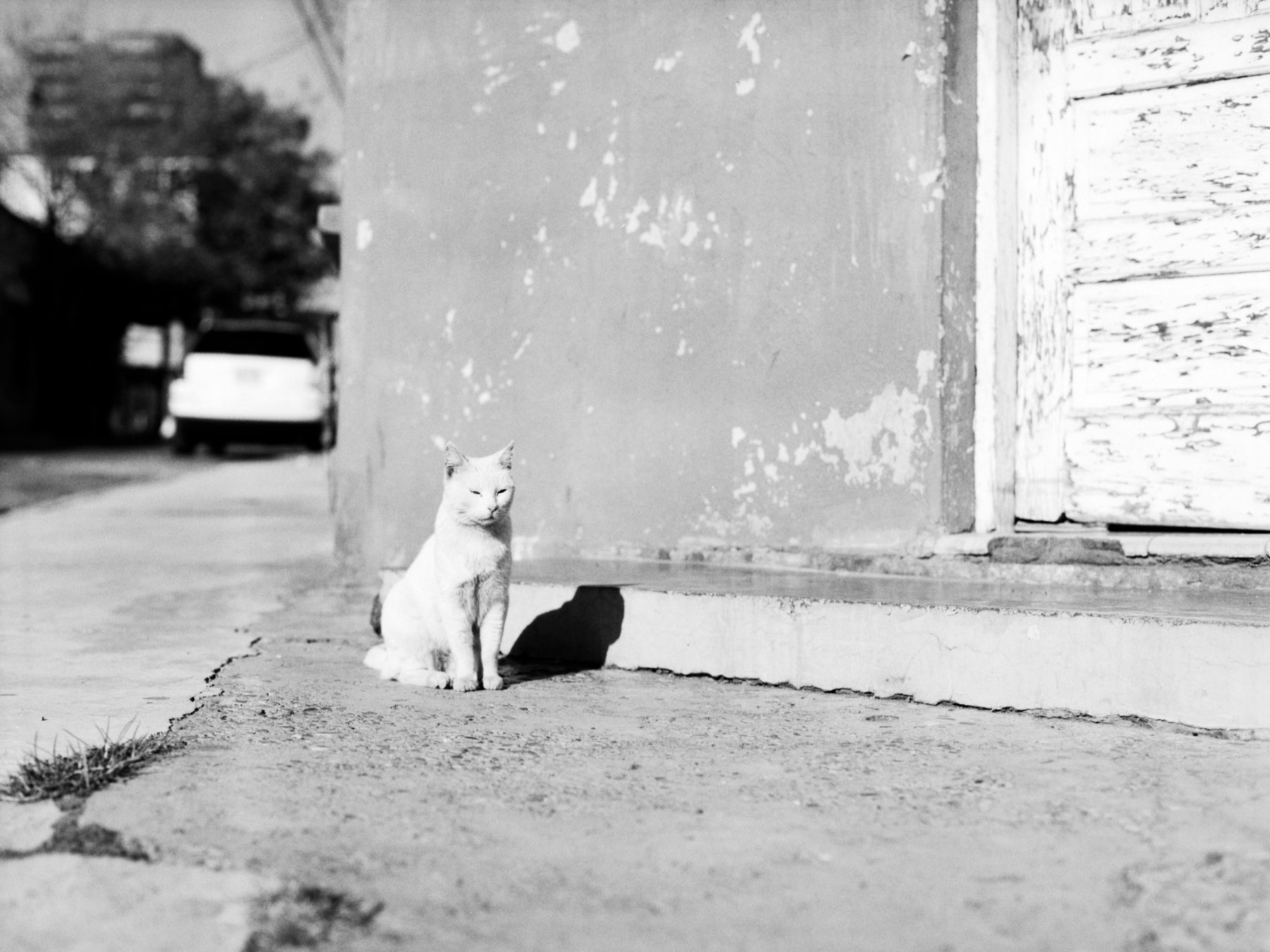

I can't help but be biased towards this developer, but we're not JUST talking developers here. Overall, this is the combination I liked the most. Pretty much the same qualities I found with D-76, a slightly more noticeable grain, that I liked a lot, and about as flat as Kansas which made for a very comfortable handling and scanning.
This is the one I liked the most, but, as I said before, I'm very biased towards HC110. The rest of the things being equal, I guess I'd rather save my D-76 for 35 mm development and go with HC110 for the big ones. When grain is required (or envisioned), Rodinal will be the work horse.
In an overall assessment of pros and cons (the only memorable con being the film curling) I think it's fair to say that my relationship with Acros is at a very healthy status. I foresee a bunch of happy times and sweet memories together.
Connect
Efraín Bojórquez is a film photographer based in Monterrey, Mexico. You can connect with him on Twitter, Instagram and on his blog Crónicas de una cámara en Monterrey
